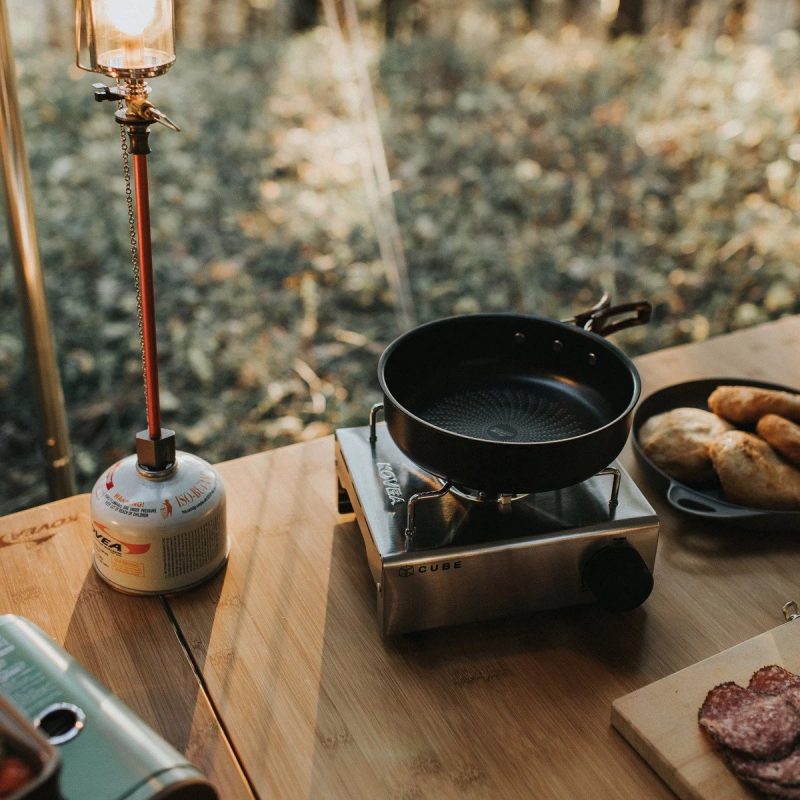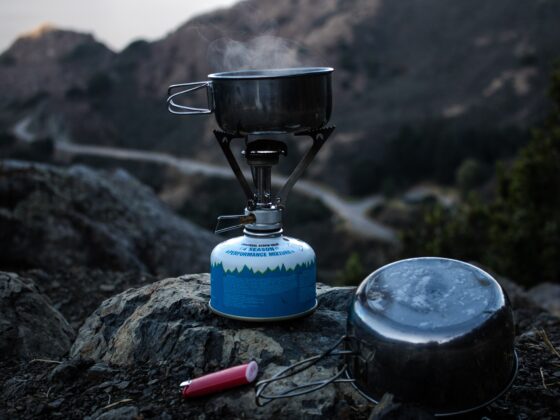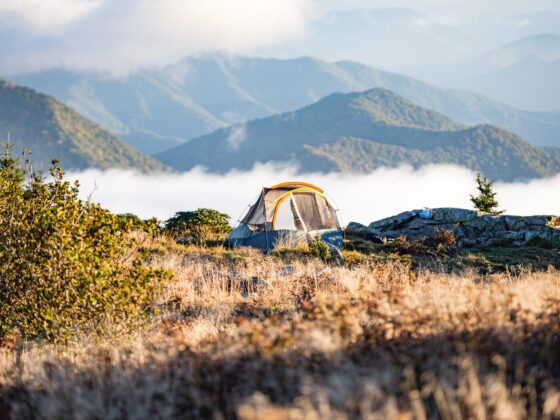“May your trails be crooked, winding, lonesome, dangerous, leading to the most amazing view. May your mountains rise into and above the clouds.” -Edward Abbey.
A hot meal at the end of the day or a warm cup of coffee to wake you up at camp are definitely things you would want to enjoy outdoors.
However, if you are looking forward to both of these things, you know that a camping stove is one of the most essential camping gear you should have. Today, there is no shortage of camp stoves available in the market, with brands ranging from Kovea Philippines to Biolite. The latter brand even offers a portable camping grill such as its BioLite Firepit+. However, with an overwhelming set of options, choosing one may be a little difficult.
To assist you, below is a helpful guide in choosing the ideal stove for your adventure.
CHOOSING AN IDEAL CAMP STOVE
The kind of stove you bring largely depends on your needs which can be answered by the questions below:
1.) How light do you need your stove to be?
2.) How many people are you cooking for?
3.) How versatile do you want your stove to be?
4.) What will you be using it for? Just boiling water, or do you need something that simmers?
5.) What type of fuel is most available to you?
Once you have answered these questions, choosing the ideal camping stove will be easier. In addition to that, the following decision points below will also help you in the choosing process:
- Stove type: There are different camping stoves loosely categorized by the type of fuel they utilize and how fuel is stored.
- Stove usage tips: Once you know how a particular stove works, you will make a better and more informed decision.
- Stove specs and features: Some features that help you narrow your choices are burn time, weight, average boil time, and convenience.
TYPES OF CAMPING STOVES
CANISTER STOVES
Canister stoves are low maintenance and easy to use. They typically screw onto the threaded tops of self-sealing fuel canisters that contain either isobutane or propane.
LIQUID FUEL STOVES
Liquid fuel stoves are versatile stoves that connect to refillable fuel bottles. Typically, they run on white gas, but other options are also available.
ALTERNATIVE FUEL STOVES
These stoves either run on fuel pellets or wood.
PROS AND CONS OF THE DIFFERENT TYPES OF STOVES
CANISTER STOVES
As said above, canister stoves are low maintenance and easy to use. In addition, some canister stoves come in really small designs and are compact and lightweight, which makes them ideal for backpackers.
PROS:
- Small and lightweight
- Quick to light with no priming necessary. Simply turn the valve and light the stove with a match or lighter.
- Flame can be adjusted easily, and it simmers well depending on the model
- Canister is self-sealing, so spills and leaks can be avoided.
CONS
- A canister stove’s arms may not be enough to securely hold large pots.
- It can be difficult to determine how much gas is left inside the closed canister. Therefore, bringing extra may be beneficial as it ensures you do not run out of fuel.
- Windscreens should not be used as they can trap excessive heat and lead to exploding fuel.
- Cost of fuel is more expensive
LIQUID FUEL STOVES
Liquid fuel stoves run on white gas, a highly refined type of gas with only a few or no impurities. It burns hot, so it will perform well even in low temperatures. More importantly, the fuel used is much less expensive compared to the per-ounce cost of canister fuel. In addition, some multi-fuel stoves run on unleaded auto gasoline, kerosene, jet fuel, or diesel gas, making it an excellent choice for campers with limited fuel choices.
PROS
- These stoves offer great stability even on uneven ground
- Checking how much fuel you have left is easy as you can look into the fuel bottle
- Fuel bottles are refillable, which means there are fewer or no canisters to discard
- Liquid fuel stoves perform better than other options in colder temperatures.
CONS
- It is required to do priming and maintenance
- Heavier than canister stoves
- Fuel spills are possibleMulti-fuel stoves can cost a bit more
ALTERNATIVE-FUEL STOVES
Alternative-fuel stoves are excellent choices for long-distance backpacking. They also make for excellent home emergency kits; some designs can be ultralight. Below are a few different kinds:
Wood Burning Stoves
These stoves do not rely on gas and burn twigs and leaves you can gather around the campsite, making it a great option for longer and lighter trips.
PROS
- These stoves are simple and lightweight such as designs with a titanium base and windscreen/pot-support setup that folds flat.
- Some models can generate enough electricity while burning twigs to charge mobile devices or other small gadgets via a USB connection.
- Some models can be outfitted with an optional grill
CONS
- Looking for dry fuel during inclement weather can be challenging
- Some places may prohibit the usage of these stoves at high elevation
Denatured Alcohol Stoves
Ultralight backpackers will find these stoves ideal as they weigh only an ounce or two. For fuel, you will only need a bottle of alcohol sized to meet your needs for the trip.
PROS
- Fewer parts that require maintenance
- Denatured alcohol is inexpensive and relatively easy to find
- Silent burning of fuel
CONS
- Windscreen is often needed
- Outside of the US, denatured alcohol may be difficult to find
- Takes longer to boil water and requires more fuel
Solid-fuel Tablet Stoves
Another popular choice with ultralight backpackers as these models are so small they can fit in your pocket.
PROS
- Inexpensive
- Pocket-sized models weigh about 3.25 ounces
- Compact
- Light easily and can be extinguished and reused later
CONS
- Slow to bring water to a boil
- Tablets may emit an odor
- Residue may be left on the pot’s underside due to the tablets



